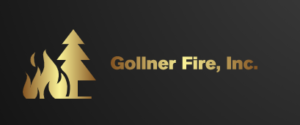Commodity Classification Paper Recently Published in the Fire Safety Journal
The paper, “Warehouse commodity classification from fundamental principles. Part I: Commodity & burning rates” was recently published in the Fire Safety Journal. Check it out here
This paper sets a personal record for length of time from submittal to acceptance and posting. It was submitted in September, 2009 and became available online in April, 2011. A year and a half!
Abstract:
An experimental study was conducted to investigate the burning behavior of an individual Group A plastic commodity over time. The objective of the study was to evaluate the use of a nondimensional parameter to describe the time-varying burning rate of a fuel in complex geometries. The nondimensional approach chosen to characterize burning behavior over time involved comparison of chemical energy released during the combustion process with the energy required to vaporize the fuel, measured by a B-number.
The mixed nature of the commodity and its package, involving polystyrene and corrugated cardboard, produced three distinct stages of combustion that were qualitatively repeatable. The results of four tests provided flame heights, mass-loss rates and heat fluxes that were used to develop a phenomenological description of the burning behavior of a plastic commodity. Three distinct stages of combustion were identified. Time-dependent and time-averaged B-numbers were evaluated from mass-loss rate data using assumptions including a correlation for turbulent convective heat transfer. The resultant modified B-numbers extracted from test data incorporated the burning behavior of constituent materials, and a variation in behavior was observed as materials participating in the combustion process varied. Variations between the four tests make quantitative values for each stage of burning useful only for comparison, as errors were high. Methods to extract the B-number with a higher degree of accuracy and future use of the results to improve commodity classification for better assessment of fire danger are discussed.
